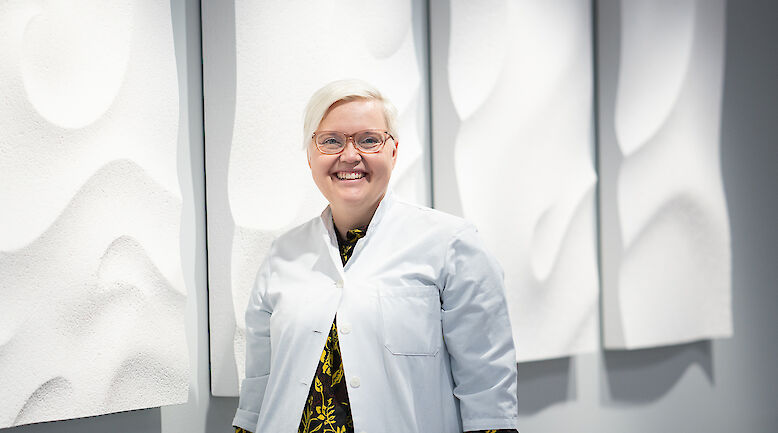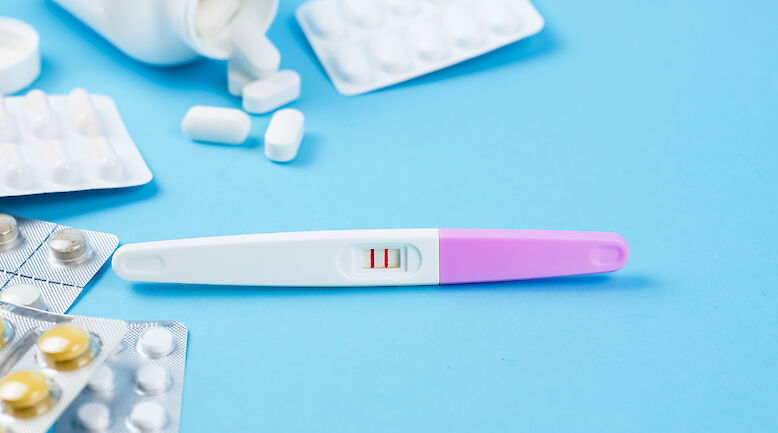English summary: Implementation of anticoagulant treatment in Oulu city outpatient care

Background
In this study we have looked at the warfarin treatment practices and outcomes in the city of Oulu, Finland. The numbers of INR tests and how well the results are within the treatment range were examined by age group as well as on the individual patient level. The results of the study are compared to those of previous national and international studies.
Methods
The study was retrospective and utilized registry data on PTT-INR tests from patients’ electronic medical records. The data were from the period 1.7.2010-30.6.2011. The number of patients in the study was 2940. The values for the time in therapeutic range (TTR) were calculated using the Rosendaal method.
Results
On average 15.9 INR tests were performed in each patient on warfarin during the period studied (one year). A total of 63.8% of the test results were in the therapeutic range and 77.6% in the extended therapeutic range. The majority of the results outside the therapeutic range were below it (INR below 2.0). The quality of warfarin treatment was good (TTR > 70%) in 54.7% of the patients. The average TTR was 66.4% (95% CI 66.3%-66.5%), which is better than in several international studies. The test results of the 70-80-year-olds were most often in the therapeutic range.
Conclusions
The quality of warfarin treatment is the same in different parts of Finland and the quality of treatment in Oulu is good by international comparison. However, the quality of treatment varies a lot between patients: the majority of the patients are in the therapeutic range most of the time (TTR > 70%), but some of the patients do not benefit from the treatment at all. The anticoagulation treatment of patients should be evaluated as a whole and evaluation should not be limited to monitoring the previous INR test result. Anticoagulation treatment should be personalized to a greater extent than is the case today.












